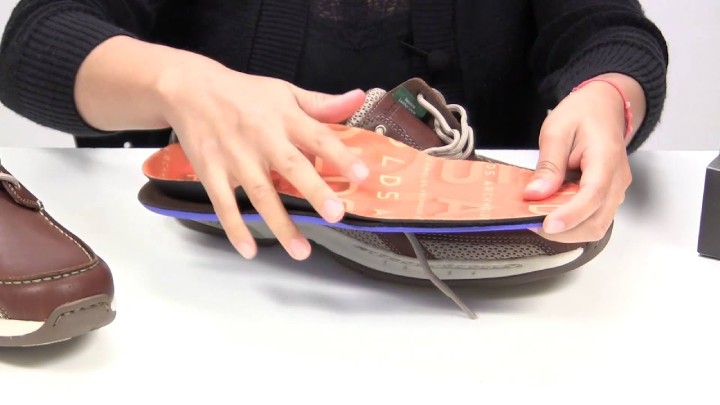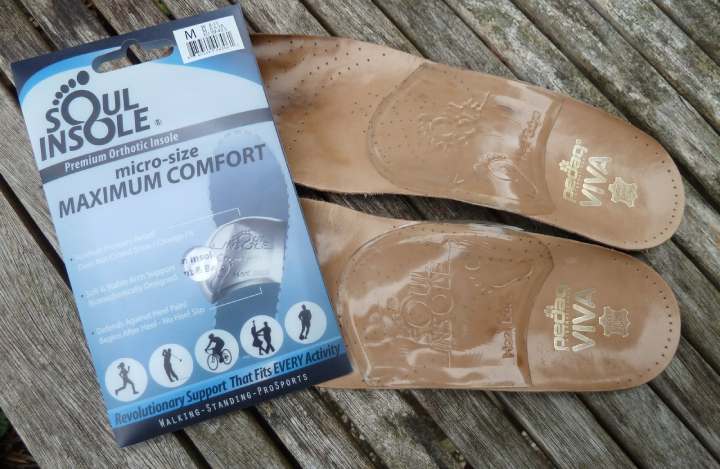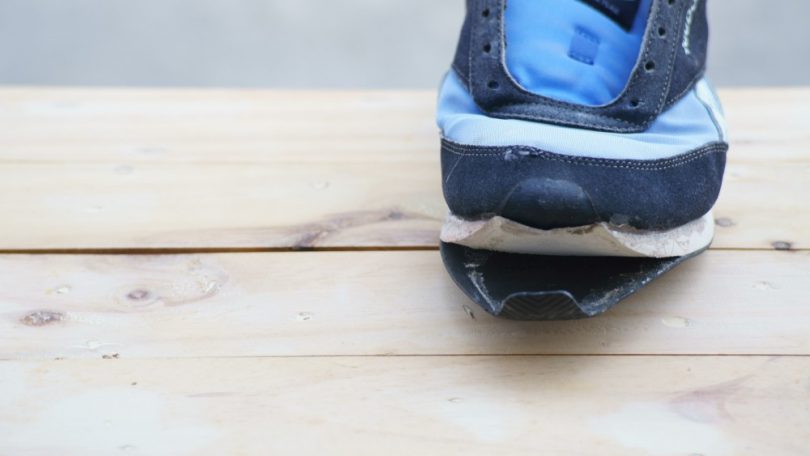A decent pair of insoles may make a huge difference in the well-being of your feet and how comfortable your shoes are. The right set of insoles may relieve foot and bottom body pain, prevent you from injuries and even help you perform better in sports. A once-excellent insole that has become old and stretched out, on the other hand, will no longer serve you well. Although it may appear obvious to discard your insoles once they begin to deteriorate before your sight, it might be too late.
When Should You Replace Your Insoles

With normal use, you should change your insoles every 6 to 12 months. Examine your soles to determine if they provide the comfort and cushioning you require. If they aren’t, it’s recommended to get new ones for healthier joints and feet. Examine your insoles by removing them from your shoes. Most insoles can be easily removed from your shoe, however, some can be glued in. Please note that many insoles are little more than thin pieces of foam that give some cushioning and support.
If insoles are fixed, you may test their support by putting some pressure with fingers and looking at them properly. You should compare insoles by standing on two similar insoles from two distinct shoes and observing the differences. To evaluate support and comfort, step on the insole inside and outside of the shoe.
Indicators That It Is Time to Change Your Insoles
1. Physical Damage
When you discover cracking and tearing on any area of your insoles, you expose yourself to danger for blisters on your toes, and your insoles will no longer provide cushioning and support in the correct places. It is simple to see old shredded insoles with a seriously damaged heel support and decide it is time for a new pair, but insoles with less damage will certainly create more issues since it is quite tempting to persuade ourselves they are still okay and continue using them.
2. Fading
If the physical appearance of the insoles has changed considerably after you purchased them, it might be an indication that it is time for a replacement. That might involve wearing away the branding on the heel or creating a visible imprint of your foot on insoles. Very much like an old rusted automobile, while the exterior could be the only portion that appears aged, there is typically more tearing apart underneath the surface.
3. Bad Smell
Your feet will most certainly sweat if you spend a lot of time on them. This sweat can accumulate in shoe insoles and cause unpleasant odors. Bad odors can also signal the presence of fungus or bacteria, which can contribute to foot diseases. When changing your odor-causing insoles, consider purchasing antimicrobial-fabric insoles for shoes. This fabric prevents bacteria, mildew, mold, and other dangerous organisms from living inside your insoles.
4. Compressed
Perhaps you haven’t severely worn out the cushioning on your insoles, and they still seem fine. You’ve taken excellent care of insoles, as there are no tears or cracks in the foam. It is a fantastic thing that should not be neglected, as the prior concerns have been mitigated or avoided entirely. However, there will come a time when you will notice that your insoles are thinner than they originally used to be. The foam is no longer elastic, and the support components have deteriorated. It is most likely the most subtle type of insole deterioration.
Factors That Influence When You Should Replace Your Insoles
1. Insole Material and Quality
It is no wonder that high-quality, well-made insoles would outlast a low-cost one. If you expect your insoles to be functional and last a long time, you should consider them as an investment and be prepared to pay a little extra money for a quality pair. Insoles composed of plastic and foam generally retain their form better than purely foam insoles, while insoles composed of carbon or plastic fiber are superior to gel insoles.
2. Body Weight
Sadly, the more weight you carry, the faster your insoles will wear out. This can be addressed by using high-quality insoles and preferring plastic insoles over foam and gel insoles. Orthotic insoles are more durable than regular insoles, so choose orthotic insoles that are developed for your specific problem or condition.
3. Period of Time Worn and Intensity of Use
Naturally, if you wear insoles every day they should wear out faster than if you simply wear them a few times each week. Furthermore, some activities are more demanding for insoles than others. If you perform a lot of high-impact activities like jogging, tennis, or basketball, you’ll notice that your insoles will not last as much as insoles for regular use.
4. Type of Activities You Perform
How frequently you have to change your insoles is determined by your amount of activity. Running and other high-impact sports exert greater pressure on insoles, causing them to wear out faster. It’s also a good idea to remember to change your insoles whenever you change your shoes. High-impact sports shoes will have to be changed more frequently than low-impact sports shoes.
How to Change Your Insoles

It is very simple to replace your old insoles, whether they’re worn out or perhaps you simply want a more pleasant pair. Steps for replacing your old insoles with new pair can be found below:
- Step 1 – Remove the insoles from your shoes or boots that are currently in use. Since most insoles aren’t attached to the shoes, you will be able to easily remove them.
- Step 2 – Look into a few distinct insoles to see which one is best for you. Insoles are made of different materials that provide different comfort levels, cushioning, and flexibility.
- Step 3 – When looking for new insoles, take your old ones with you. If new insoles are offered by size, you will be able to match them up with your old ones.
- Step 4 – If the insoles aren’t already adjusted, you’ll have to utilize the existing ones to measure the new ones. Trim the new insoles with scissors enough so they fit easily in your shoes and sit correctly in the heel and toe areas. Only trim at the toe region, not the heel.
- Step 5 – Put the replacement insole into your shoes, starting with the toe area and pushing down the insole with your palm until the heel region is properly placed.
FAQs
1. What Are the Advantages of Using Insoles?
Ans. Some injuries that might benefit from the use of insoles include joint pain, back unpleasantness, and Achilles tendonitis. Improved alignment and increased heel cushioning are also some of the advantages of insoles, which can assist to minimize fatigue, improve performance and enhance comfort.
2. Are Customized Insoles Worth the Money?
Ans. Customized insoles are an expense that pays off for your health over time while also saving you money in the long run. Non-custom insoles are frequently manufactured of unreliable and low-quality materials and are not intended to address your unique problems, requiring you to invest more money to get comfort.










Leave a Comment